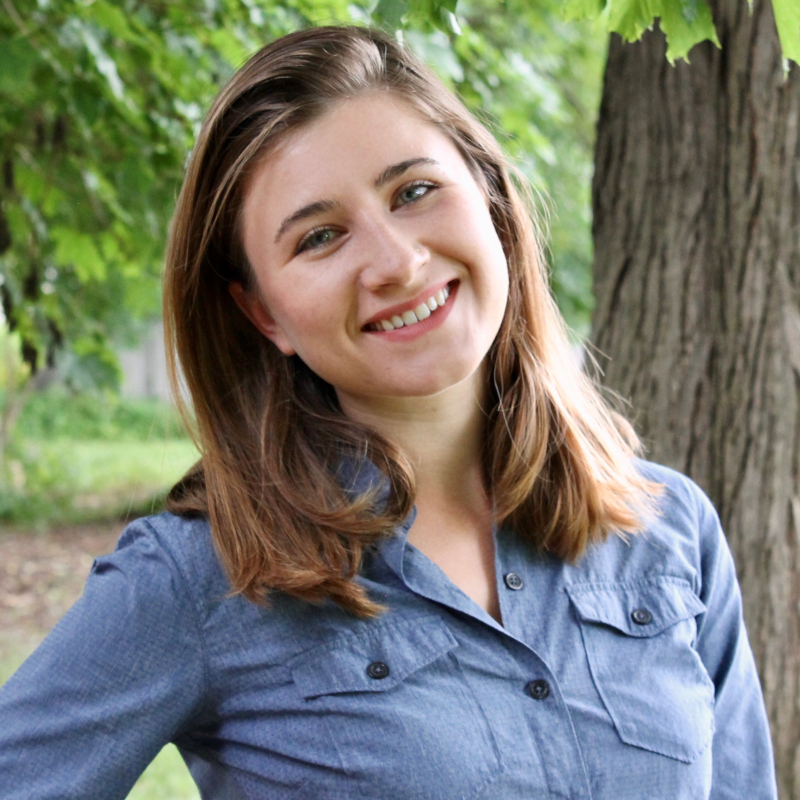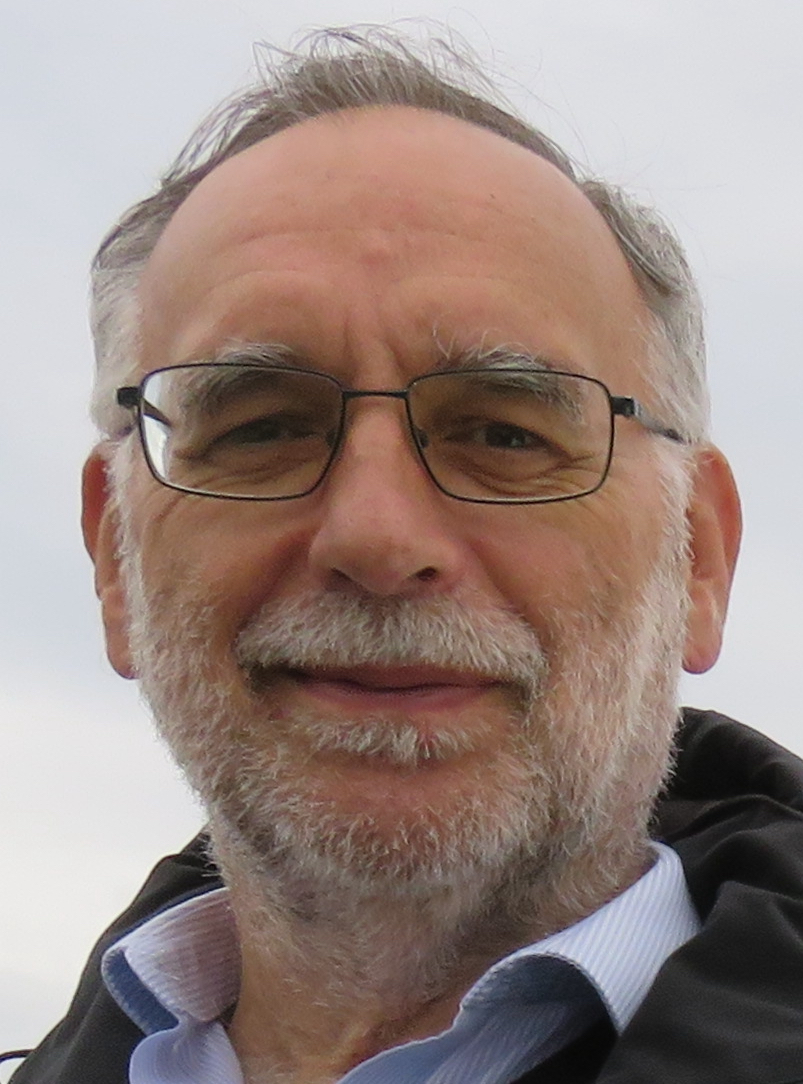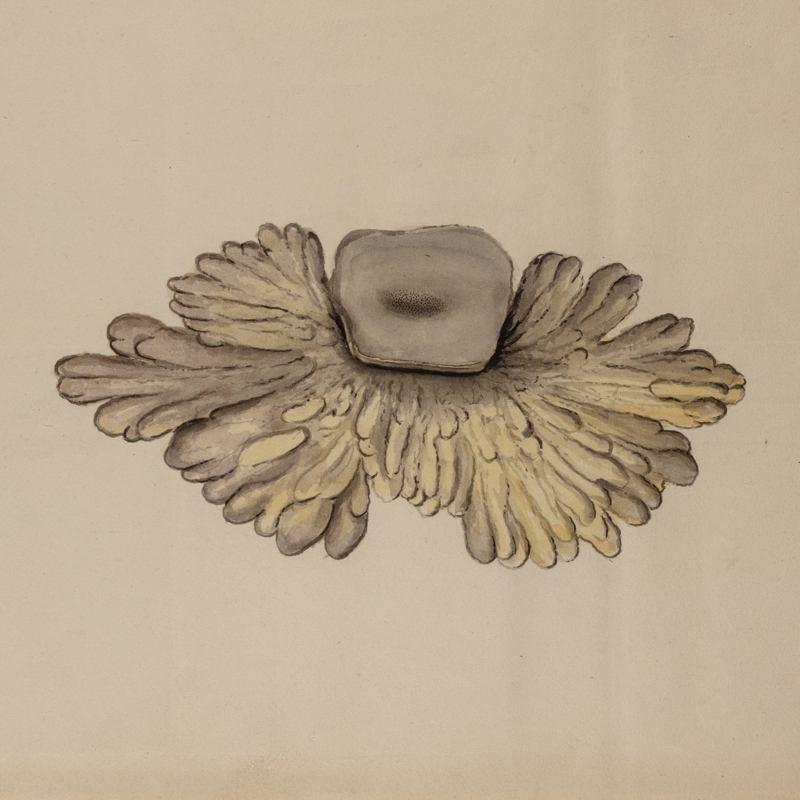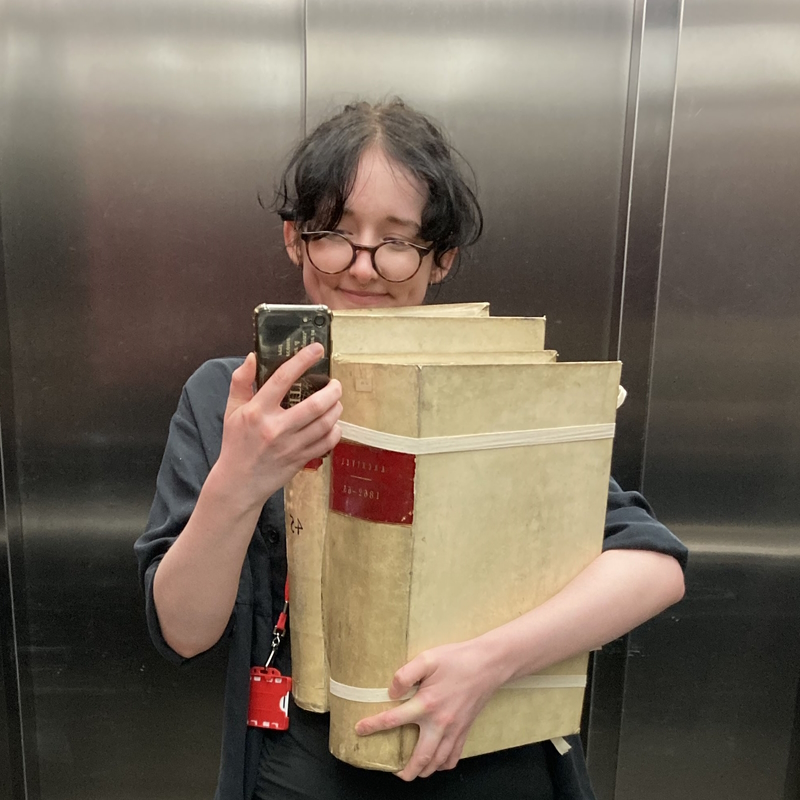Lead Guest Editor, Professor Charalampos Tsoumpas, introduces us to his theme issue; a volume that explores synergistic image reconstruction.
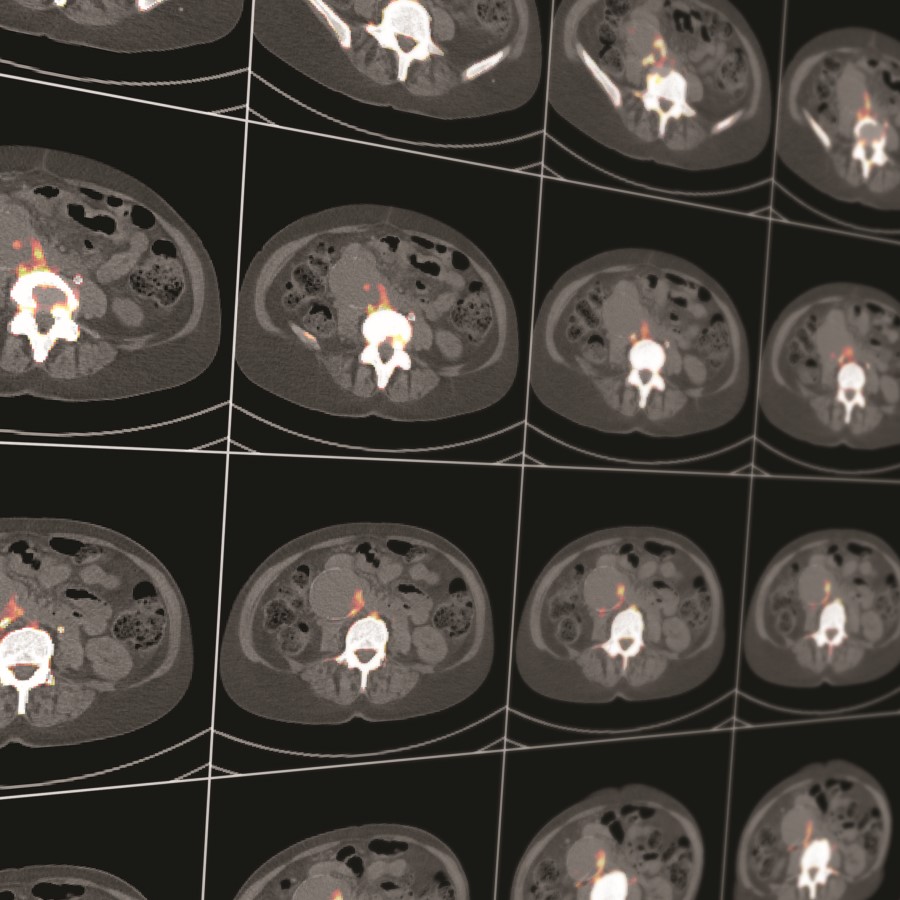
Can you briefly explain what you mean by synergistic image reconstruction?
Traditionally, tomographic image reconstruction methods produce 2D or 3D images from a single modality dataset and acquisition. However, recent developments in imaging technologies have enabled multi-modality and multi-parametric images from different types of data: for example, multi-spectral CT, multi-sequence MRI, Positron Emission Tomography (PET) combined with MRI or CT, acquisitions from multiple-time points, or imaging multiple radiotracers either simultaneously or sequentially. While it is possible with such data to reconstruct images independently, it is interesting, although challenging, to combine information and reconstruct one or more images in what we call ‘synergistic image reconstruction’.
Tell us about the idea behind this theme issue and how it came about.
In the UK there are two related EPSRC sponsored networks which collaborate closely together, CCP SyneRBI and CCPi, and in 2019, in partnership with STFC, these networks co-organised a symposium on the same topic. We invited along several leading scientists and academics across the relevant domains of the theme and from different countries and institutions to this meeting in Chester, UK. The success of the symposium prompted us to propose this theme issue.
What do you think is the most exciting idea discussed in the papers?
There were several nice works published in the two parts of the theme issue, so it is difficult to choose from. Personally, however, and since I am coming from the field of PET imaging, I got excited by the idea presented by Li and Wang on the “Modified kernel MLAA using autoencoder for PET-enabled dual-energy CT”. The idea of using PET/CT to reconstruct CT images at different energies was eye-opening, because we normally use CT to improve PET data, but with this project the scientists proposed the use of PET data to improve CT information! And this bidirectional flow of information is exactly what synergistic image reconstruction is about, so I find it as a very nice example representing the spirit of the themed issue.
How can work in this area bring together researchers from different disciplines?
The original idea of synergistic image reconstruction has been debated independently among different fields for many years. Usually, these fields are guided by the application area rather than the underlined mathematical formalisation. What my co-editors and I observed is that although each of these fields have diverged significantly into different directions, their utilisation of innovative solutions to optimise reconstructed images makes them translatable across domain areas and helps accelerate research across these fields. What remains to be seen is if this issue will help towards this direction.
How was your experience of being a Guest Editor on Phil Trans A?
I enjoyed very much the experience as a Guest Editor on Philosophical Transactions A. Being a physicist, it felt a great honour and a personal accomplishment to have served for this historical journal. I am particularly thrilled about it because it was on this very journal that Newton in 1672 published his seminal work which included the assumption of the quantum nature of photons (a nice historical review on this is given by Patricia Fara) – and photons are in the very heart of most of what this theme issue is about!
Furthermore, I also enjoyed working closely with my very involved co-editors (Dr Jakob Sauer Jørgensen from the Technical University of Denmark, Dr Christoph Kolbitsch from the National Metrology Institute of Germany, and Professor Kris Thielemans from University College London) in compiling the two volumes of the themed issue. The excellent interaction with Ms Alice Power who, as the Commissioning Editor of the journal, was pivotal in the timely and appropriate completion of both volumes of this issue, and made our editing task more exciting and joyful. It would a remiss not to state the fact that compiling these two volumes of 16 articles during the worst pandemic that has occurred within the last 100 years, was not as swift as one would have hoped, but eventually we had only a couple of months delay from the targeted publication date and the nice surprise was that we ended up with two volumes as the authors’ contributions exceeded our expectations. And surely, the voluntary contribution of the anonymous reviewers who kindly provided their comments in a timely fashion was very important and we wish to thank them for their work.
What is the future for research in this area?
The common element of the research in this area is the synergy of different measurements to provide substantially more accurate information of the unknown quantity being reconstructed. The approach on synthesising and combining information intelligently is of great relevance in various research domains beyond the scope of this theme issue and we envisage that techniques and ideas presented in these articles may attract interest from completely different application domains. In particular, I believe that this is a truly open-ended research field. One can position the theme within the undoubtedly rapidly expanding area of “Big Data” where more and more information can be utilised to provide specific scientific answers. The use of intelligent Bayesian methods as well as artificial intelligent systems are growing exponentially, and they are likely to integrate synergistic image reconstruction within their remit.
Tell us a bit about your own research.
In my research I utilise mathematics and physics together with computational models and software for advancing molecular imaging and particularly PET. Since the publication of the second volume of the theme issue, I have moved to the Netherlands and work at the University Medical Centre Groningen, where we have installed one of the highest performing PET/CT scanners, which integrates four traditional PET scanners into one, extending in this way the sensitivity and capabilities of PET technology at an unprecedented level. The development of such new systems is likely to help evolve both clinical practice and clinical research.
Read Part 1 and Part 2 of 'Synergistic tomographic image reconstruction' today.
To read more content from Philosophical Transactions A, or to find out how you can become a Guest Editor for the journal, please visit our website.



